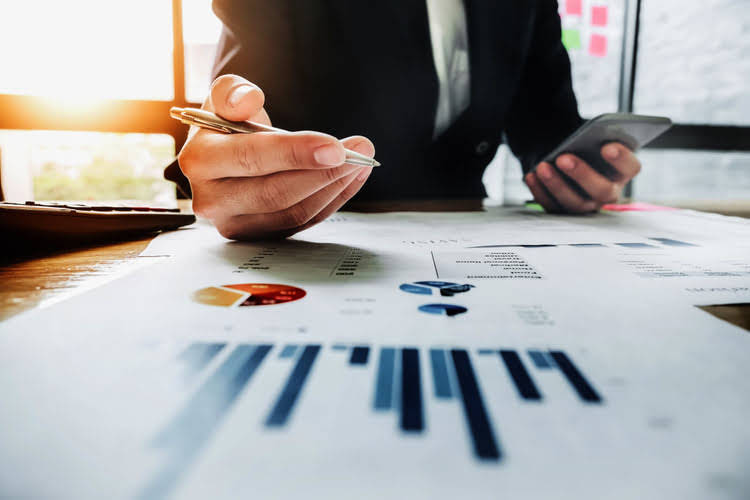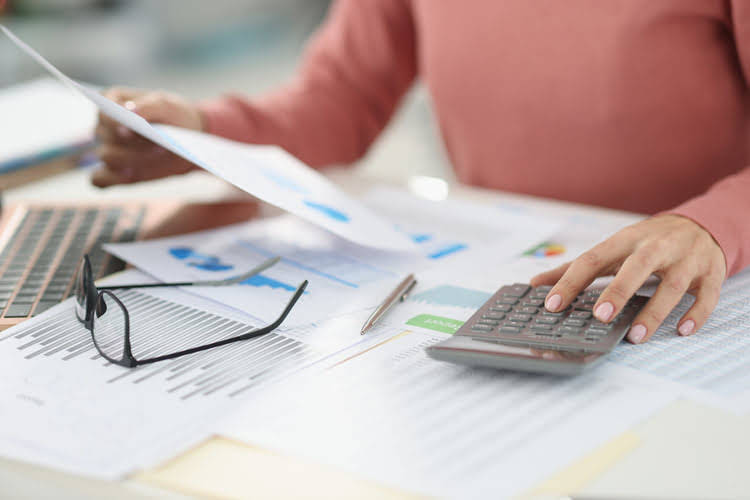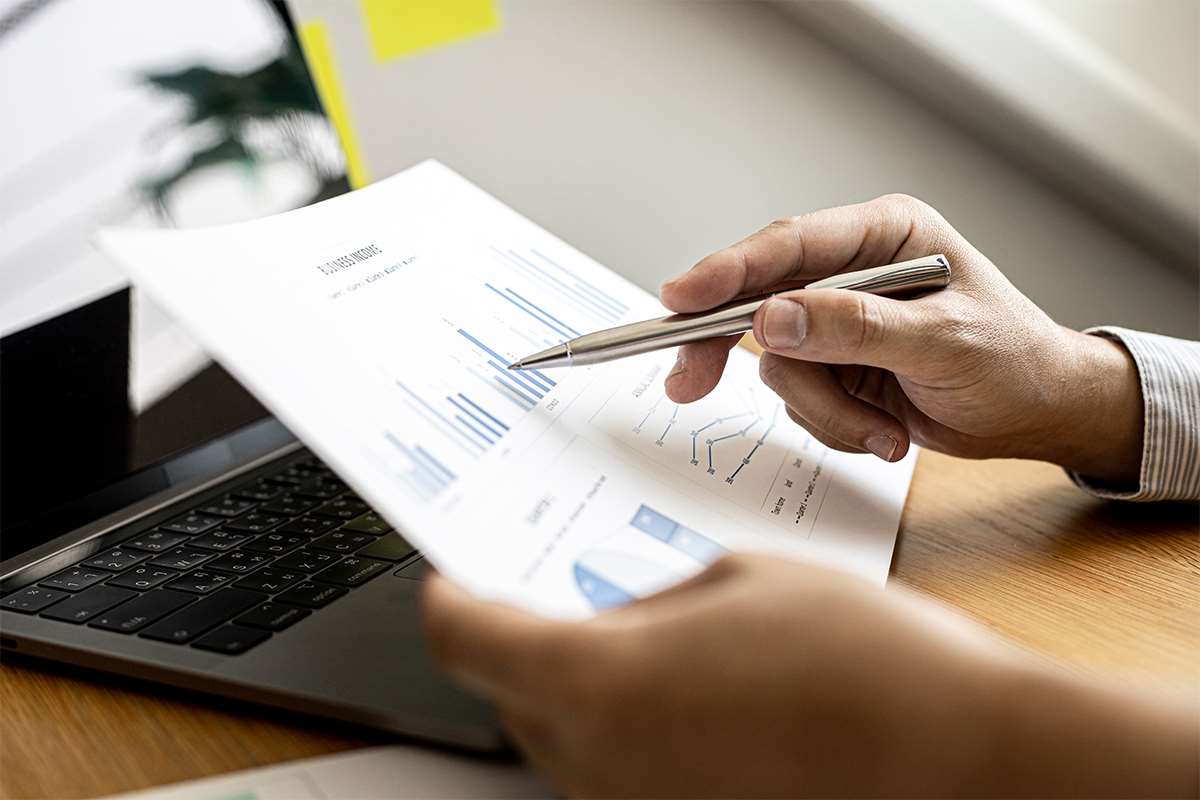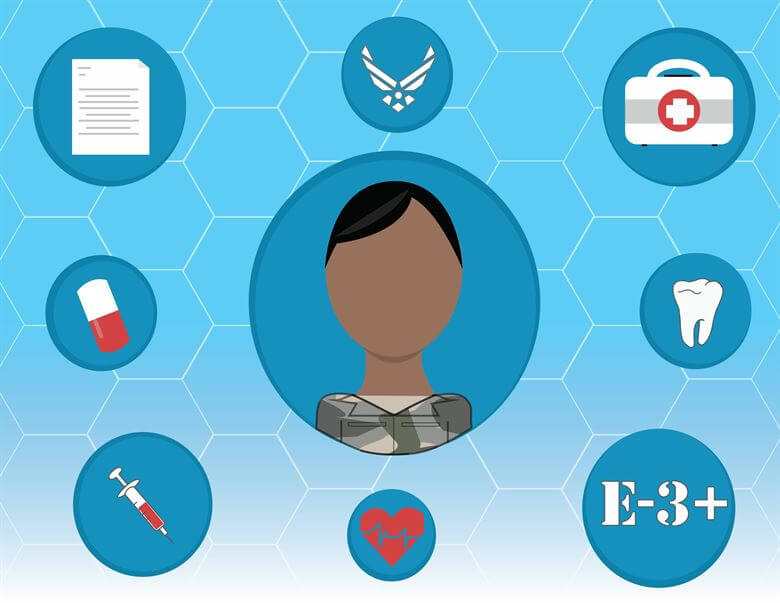
Additionally, income taxes payable are classified as a current liability. The amount of taxes a company owes might fluctuate based on its profitability and tax planning strategies. These obligations can affect a company’s operating cash flows, as they represent a cash outflow the company will need to satisfy. Liabilities are listed on a company’s balance sheet and expenses are listed on a company’s income statement. Expenses can be paid immediately with cash or the payment could be delayed which would create a liability. Contingent liabilities adversely impact a company’s assets and net profitability.

Example 3 – Contingent Liabilities
A normal operating cycle is the time frame needed to convert money to raw materials, finished products, sales, accounts receivable, and money back again. Smart business owners prioritize keeping assets above liabilities. If you want to check the financial performance of a company in relation to assets and liabilities, check the balance sheet. Ideally, suppliers would like shorter terms so they’re paid sooner rather than later because this helps their cash flow. Suppliers may offer companies discounts for paying on time (or early). For example, a supplier might offer a term of “3%, 30, net 31,” which means a company gets a 3% discount for paying within 30 days—and owes the full amount if it pays on day 31 or later.

What is a liability account?

For example, an automobile dealer who sells a car with a one year warranty must provide parts and services during the year. The obligation Bookkeeping for Chiropractors is definite because the sale of the car has occurred, but the amount must be estimated. In addition, liabilities facilitate and more efficiently allow transactions between businesses. Below are some of the highlights from the income statement for Apple Inc. (AAPL) for its fiscal year 2024. Current liabilities have a direct impact on the working capital and also on the liquidity of the business.
The difference between assets, liabilities, and equity
- Investors and creditors analyze current liabilities to understand more about a company’s financials.
- If you’re doing it manually, you’ll just add up every liability in your general ledger and total it on your balance sheet.
- No one likes debt, but it’s an unavoidable part of running a small business.
- The AT&T example has a relatively high debt level under current liabilities.
- Understanding a company’s liabilities can also help assess its ability to meet debt obligations and the potential for future growth.
- Note that a long-term loan’s balance is separated out from the payments that need to be made on it in the current year.
These invoices are recorded in accounts payable and act as a short-term loan from a vendor. By allowing a company time to pay off an invoice, the company can generate revenue from the sale of the supplies and manage its cash needs more effectively. In this example, your company has total assets of $150,000 and total liabilities of $70,000.
In other words, net Accounting Periods and Methods worth represents the residual interest in a company’s assets after all liabilities have been settled. A positive net worth indicates that a company has more assets than liabilities, while a negative net worth indicates that a company’s liabilities exceed its assets. Measuring a company’s net worth helps stakeholders evaluate its financial strength and overall stability.

The liabilities undertaken by the company should theoretically be offset by the value creation from the utilization of the purchased assets. Current and Contingent are the 2 types of liabilities from the list. While dealing with a liability account it is important to know that it would always carry a credit balance. Liabilities are classified into three categories – current, non-current, and contingent. In short, there is a diversity of treatment for the debit side of liability accounting. Here are a few quick summaries to answer some of the frequently asked questions about liabilities in accounting.
Purchasing material over a credit card is also borrowing unless you pay off the amount within a month. Taking a loan for business or getting a mortgage in business real estate also counts as liabilities. Without understanding assets, liabilities, and equity, you won’t be able to master your business finances.
Price/Earnings-to-Growth (PEG) Ratio: What It Is and the Formula
- In a sole proprietorship, a single capital account is needed as the owner is one, to record additional capital given by the proprietor, net profit, net losses, and withdrawals by the proprietor.
- Liability is the money that a business owes a financial institution.
- Internal – It is payable to internal parties such as promoters (owners), employees etc.
- He currently researches and teaches economic sociology and the social studies of finance at the Hebrew University in Jerusalem.
- Let us understand the importance of net financial liabilities through the points below.
- Assets are broken out into current assets (those likely to be converted into cash within one year) and non-current assets (those that will provide economic benefits for one year or more).
These expenses include items such as wages, rent, utilities, and other expenditures necessary to keep the business running smoothly. In accounting, operating expenses are recorded as liabilities until they are paid off. For example, wages payable are considered a liability as it represents the amount owed to employees for their work but not yet paid. Assets and liabilities in what is liabilities in accounting accounting are two significant terms that help businesses keep track of what they have and what they have to arrange for.

